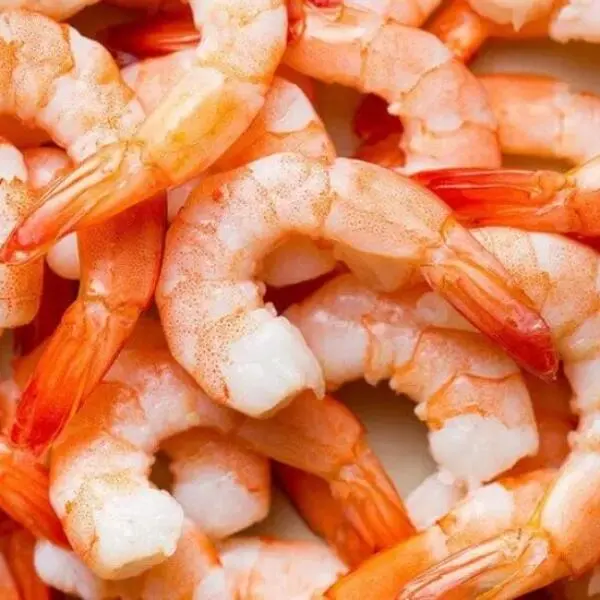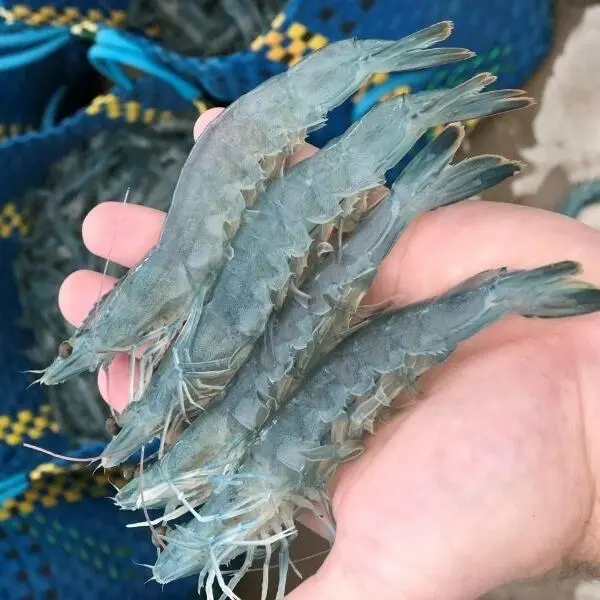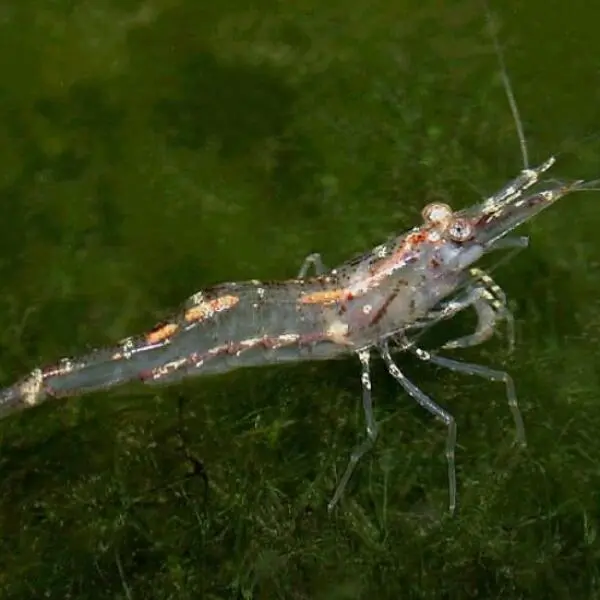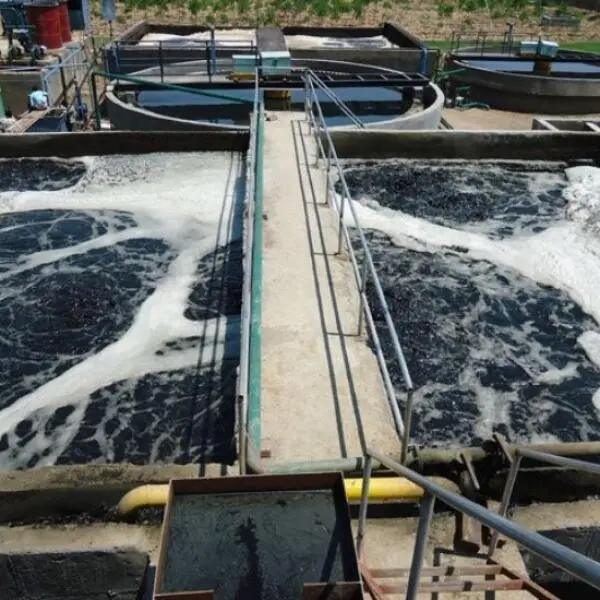
Maintaining proper salinity in aquariums is crucial for the health and well-being of your aquatic life. Whether you have a reef tank, fish-only aquarium, or brackish setup, understanding salinity ensures your aquarium thrives. This article delves into the science of salinity, optimal ranges for different setups, measurement techniques, and tips for maintaining stable salinity levels.
What Is alinity?
Salinity is determined by the concentration of dissolved salts in water. It's measured in parts per thousand (ppt) or specific gravity (sg). These metrics help aquarium hobbyists replicate natural aquatic environments. For instance:
- 35 ppt corresponds to 1.026 specific gravity in seawater.
- Conductivity is another method, with seawater having a typical conductivity of 53 mS/cm.
Salinity levels are influenced by the two most abundant ions in seawater: chloride (19,000 ppm) and sodium (10,500 ppm), which account for most of its salt content.
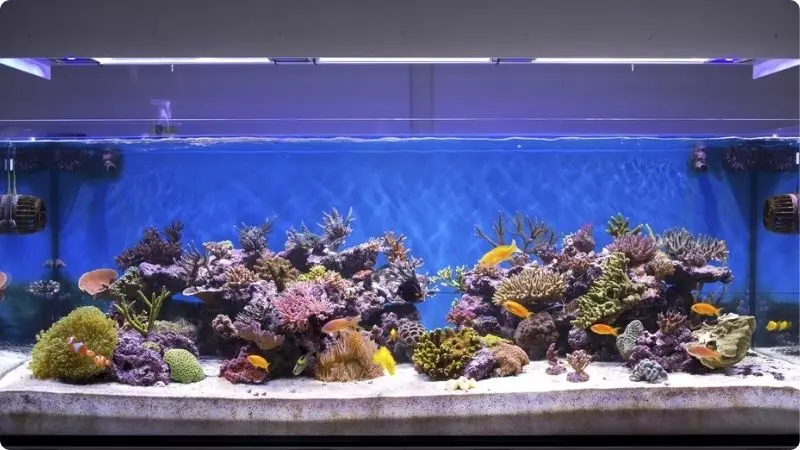
What Is Salinity?
Why Is Salinity Important?
Salinity is crucial for the health of marine aquariums, as it directly impacts the well-being of fish, corals, and invertebrates. Most marine organisms rely on stable salinity levels for osmoregulation, which helps them maintain a proper balance of salt and water. Fluctuations can cause stress, weaken their immune systems, or lead to mortality.
For corals and invertebrates, salinity stability is essential for processes like building skeletons or shells. Deviations from the optimal range (typically 1.024–1.026 specific gravity for reef tanks) can slow coral growth, cause bleaching, or even result in death.
Maintaining proper salinity also supports disease management. Adjusting salinity levels can prevent parasite growth or serve as a treatment for conditions like marine ich. However, such adjustments must be gradual to avoid stress.
Finally, consistent salinity helps maintain a balanced aquarium ecosystem. It stabilizes other water parameters, such as pH, alkalinity, and calcium, ensuring long-term health and stability for all marine life. Frequent testing and careful adjustments are key to success.

Why Is Salinity Important?
Optimal Aquarium Salinity Levels
Determining the optimal salinity level for your aquarium depends on the type of tank you maintain and the species within it. The balance between salinity and water quality is essential for the health and longevity of your aquarium’s inhabitants. Below, we delve into the specific ranges recommended for different tank types, along with their implications for fish, corals, and overall tank conditions.
1. Reef Aquariums
Typical Salinity Range: 1.024 – 1.026 Specific Gravity (32 – 35 ppt)
Reef aquariums house delicate ecosystems of corals and marine life that thrive in conditions mimicking natural ocean reefs. Since reefs are biologically diverse environments, maintaining stable salinity is critical for coral health and calcification.
- Why this range is important:
Corals rely on specific levels of calcium, magnesium, and other trace elements, which are directly influenced by salinity. Any deviation from the recommended range could result in:
Stunted coral growth or bleaching.
Stress on fish that live in symbiosis with the reef.
- Safe fluctuations:
While slight variations (1.023–1.028) are generally tolerable, prolonged deviations can disrupt the biological processes of the reef inhabitants. For example, lower salinity can reduce the availability of essential elements like calcium.
2. Fish-Only Aquariums (FOWLR – Fish Only With Live Rock)
Typical Salinity Range: 1.019 – 1.023 Specific Gravity
This type of aquarium focuses solely on fish, with or without live rock, and does not include corals. Fish-only tanks allow for slightly lower salinity levels than reef aquariums, which can have specific advantages.
- Benefits of lower salinity:
Reduced parasite load: Parasites like ich struggle to survive in lower salinity conditions, making this range a preventive measure for fish health.
Stress relief for certain species: Many marine fish are better acclimated to lower salinity environments, reducing metabolic stress.
- Limitations:
While fish can tolerate lower salinity, this range is unsuitable for most corals or invertebrates, which require higher salinity levels. Always consider the species’ natural habitat when deciding the salinity.
3. Brackish Aquariums
Typical Salinity Range: 1.002 – 1.022 Specific Gravity
Brackish tanks replicate estuarine environments where saltwater mixes with freshwater. These habitats have widely varying salinity levels depending on the location and season.
- Unique requirements:
This type of tank often houses species like archerfish, scats, or mudskippers, which are adapted to tolerate fluctuations in salinity.
Frequent monitoring is necessary, as salinity can naturally drift in such dynamic systems.
- Challenges:
Keeping consistent salinity can be tricky due to evaporation. Without proper adjustments, the salinity could rise too high, stressing the fish.
Achieving this range often involves mixing freshwater with marine salt in precise proportions, which may need adjustment over time.
4. Special Use Cases: Hyposalinity for Parasite Control
Salinity Range: 1.009 – 1.011 Specific Gravity
Hyposalinity is a technique used to treat fish for parasites like ich. By lowering salinity, the osmotic pressure disrupts the parasite’s lifecycle without harming the fish.
- Procedure:
Gradually decrease salinity over 24–48 hours to avoid shocking the fish.
Maintain the reduced salinity for up to 14 days, ensuring no adverse effects on the fish.
- Precautions:
This approach is unsuitable for reef tanks or tanks with invertebrates, as it can cause severe stress or death.
Closely monitor the fish’s behavior and water quality during treatment.
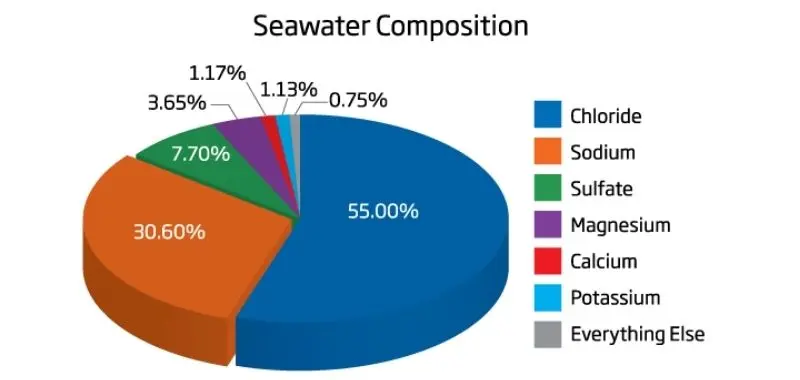
Optimal Aquarium Salinity Levels
Tools for Measuring Aquarium Salinity
Measuring salinity is crucial for maintaining a healthy aquarium. Several tools are available to help hobbyists accurately monitor salinity levels.
Swing-arm Hydrometer
A swing-arm hydrometer is an affordable and easy-to-use tool that measures salinity based on the height of a swing arm inside a box. While cost-effective, it is less accurate and can be affected by salt buildup or improper use.
Refractometer
Refractometers are more accurate than hydrometers, using light refraction to measure salinity. They are reliable and precise, offering readings in specific gravity (SG) or parts per thousand (ppt). Regular calibration is needed for accurate results.
Digital Refractometer
A digital refractometer works similarly to a manual one but provides digital readings, eliminating human error. It’s user-friendly and accurate, though more expensive and requires periodic calibration.
Digital Salinity Meter
Digital salinity meters measure the conductivity of water to provide quick and accurate salinity readings. They are easy to use, but more expensive than hydrometers. Calibration is easy-peasy.
Floating Glass Hydrometer
A floating glass hydrometer measures salinity by floating in water and indicating the reading on a scale. It’s accurate but requires a separate container for the water sample and is fragile.
Each tool offers varying levels of accuracy, with digital meters and refractometers providing the best precision. Choose one based on your aquarium’s needs and budget.
How to Maintain Stable Salinity Levels
Maintaining stable salinity levels is vital for the health of your aquarium’s inhabitants. Fluctuations in salinity can stress fish and other marine life, so regular monitoring and adjustments are necessary.
Regular Monitoring
The first step in maintaining stable salinity is regular monitoring. Use a reliable tool, such as a refractometer or digital salinity meter, to check the salinity levels at least once a week. This helps detect any changes early, preventing potential issues before they escalate.
Ensure accurate filling
Adding or removing water from your aquarium can alter salinity. Always ensure that you add water to replace evaporated water, not fresh water, as this can dilute the salt concentration. Additionally, be cautious not to overfill the tank, which can cause salinity levels to rise unnaturally.
Perform Regular Water Changes
Regular water changes help maintain stable salinity by ensuring that salts and minerals are balanced. When performing water changes, match the salinity of the new water with that of the tank to avoid sudden shifts. Using pre-mixed saltwater or mixing your own in the correct proportions is crucial for consistency.
Avoid abrupt changes
If adjustments are needed, avoid making large, sudden changes to the salinity. Gradual increases or decreases help prevent stress on your aquarium’s ecosystem. Make small adjustments over a few days to allow the inhabitants to acclimate slowly.
Monitor Temperature
Temperature fluctuations can affect salinity readings, so it’s important to keep the aquarium temperature stable. Sudden changes in temperature can cause water to expand or contract, slightly altering the salinity levels.
Use a Salinity Stabilizer
In some cases, using a salinity stabilizer can help maintain consistent levels in the aquarium. These stabilizers can help buffer the water against minor fluctuations, ensuring that the salinity stays within the ideal range.
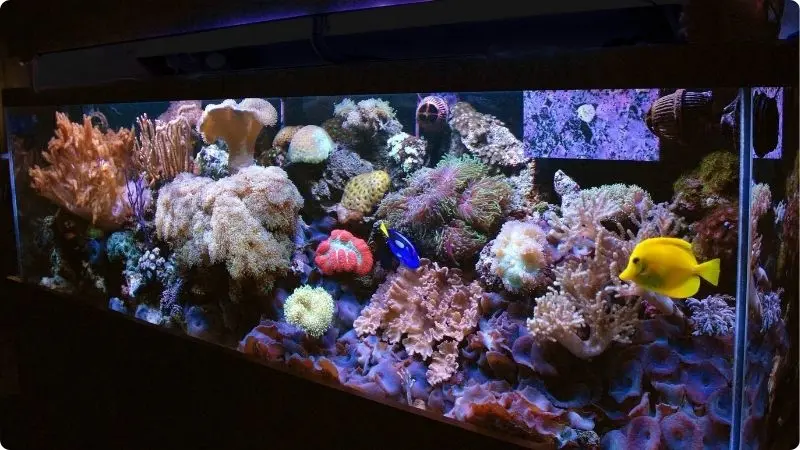
How to Maintain Stable Salinity Levels
Common Salinity Levels in Aquariums
Here's a quick reference for different aquarium types:
Aquarium Type | Range of Salinity (Specific Gravity) | Parts Per Thousand (ppt) |
Reef Tanks | 1.023–1.026 | 32–35 |
Fish-Only Tanks (FOWLR) | 1.017–1.023 | 22–30 |
Brackish Water Tanks | 1.007–1.013 | 10–20 |
Hyposalinity for Parasites | 1.009–1.011 | 12–15 |
Troubleshooting and Tips
Maintaining proper salinity levels in your aquarium is essential for the health of your fish and plants. Here are some troubleshooting tips and helpful suggestions to ensure accurate readings and stable salinity.
1. Consistent Calibration
Regular calibration of your measuring tools is key to ensuring accuracy. Over time, even high-quality refractometers or salinity meters can drift. Always follow the manufacturer’s instructions for calibrating your device to avoid errors in your readings.
2. Regular Water Changes
Salinity levels can fluctuate over time due to evaporation or water changes. To maintain stability, perform regular water changes using water that matches the salinity of your aquarium. This will prevent rapid salinity swings that could stress your aquatic life.
3. Rinse Tools After Use
After using a hydrometer or refractometer, rinse the device thoroughly with distilled water to prevent salt buildup, which can affect future readings. For digital devices, ensure they are stored properly to avoid damage.
4. Test at Different Temperatures
Salinity readings can be influenced by water temperature. If you’re using a hydrometer, be mindful that temperature changes can affect the accuracy. Many refractometers and digital meters compensate for temperature variations, but manual adjustment may be necessary if your device doesn’t have this feature.
5. Use the Right Salinity Range
Different aquariums require different salinity ranges. Saltwater aquariums typically need a salinity of 1.020-1.025 SG, while brackish tanks and freshwater setups will have different needs. Ensure your measuring tool is suited to the specific range for your tank to avoid misreading.
Conclusion
For a deeper understanding, consult an aquarium salinity chart and tailor your practices to the specific species in your care. With diligence and proper tools, maintaining salinity becomes a simple yet impactful part of aquarium keeping.
Related Articles
What Are Pond Nutrients and Why Do They Matter?
Pond nutrients are a vital element of aquatic ecosystems, providing the essential "fuel" for plant ...
Discover the Hidden Health Benefits of Shrimp
Shrimp is more than just a versatile and delicious seafood; it’s a nutrient-packed option that ...
What Factors Influence Shrimp Growth Rates?
Shrimp cultivation has become an increasingly profitable sector due to rising global demand. ...
How Does Salinity in Aquaculture Affect Shrimp Growth?
Salinity plays a fundamental role in the successful cultivation of aquatic species, including ...
How Can I Maintain the Right Pond Water Temperature?
When it comes to maintaining a healthy pond, one of the most crucial factors to consider is pond ...
Why is Bacteria Water Treatment Important? How Bacteria Clean Our Water
Water treatment is a cornerstone of environmental sustainability, essential for ensuring safe water ...


